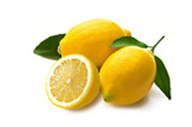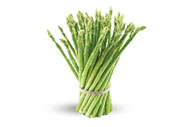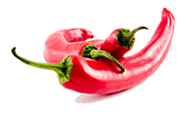A cappuccino is an Italian coffee drink which is traditionally prepared with espresso, hot milk and steamed milk foam. Coffee and especially espresso makes up a very important part of the Italian gastronomic culture.
Cream may be used instead of milk and is often topped with cinnamon. It is typically smaller in volume than a caffe latte, with a thicker layer of micro foam. The name comes from the Capuchin friars, referring to the colour of their habits, and in this context referring to the colour of the beverage when milk is added in small portion to dark, brewed coffee (today mostly espresso). The physical appearance of a modern cappuccino with espresso créma and steamed milk is a result of a long evolution of the drink. Cappuccino is a coffee drink which today is composed of espresso and hot milk, with the surface topped with foamed milk. Cappuccinos are most often prepared with an espresso machine. The espresso is poured into the bottom of the cup, followed by a similar amount of hot milk, which is prepared by heating and texturing the milk using the espresso machine steam wand.
The way the cappuccino is defined today, in addition to a shot of espresso a most important factor in preparing a cappuccino is the texture and temperature of the milk.
When a barista steams the milk for a cappuccino, microfoam is created by introducing very tiny bubbles of air into the milk, giving the milk a velvety texture. The traditional cappuccino consists of an espresso, on which the barista pours the hot foamed milk, resulting in a 2 cm (¾ inch) thick milk foam on top. ariations of the mixtures are usually called cappuccino chiaro (light cappuccino, also known as a “wet cappuccino”).
In Italy, and throughout continental Europe, cappuccino was traditionally consumed early in the day as part of the breakfast, with some kind of sweet pastry. Generally, Europeans did not drink cappuccino with meals other than breakfast, preferring espresso throughout the day and following dinner.




No comment